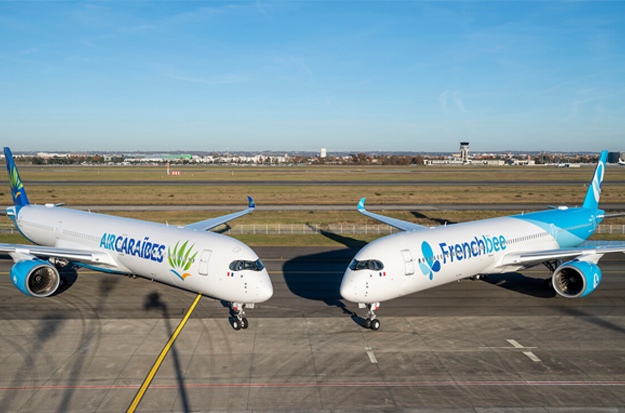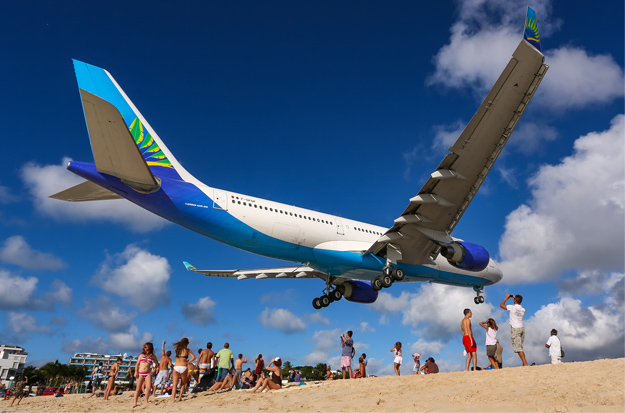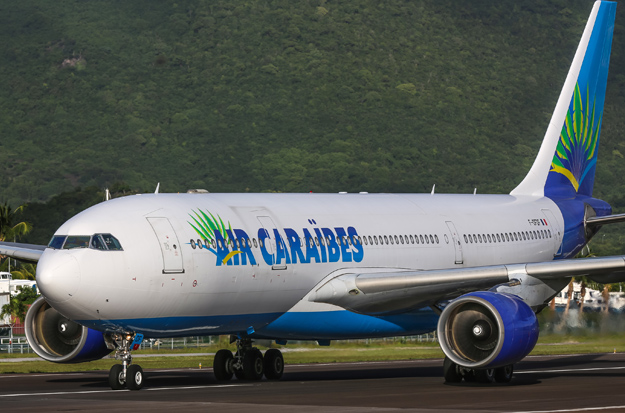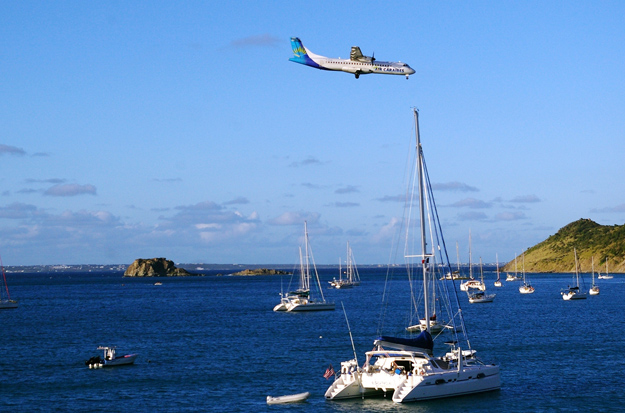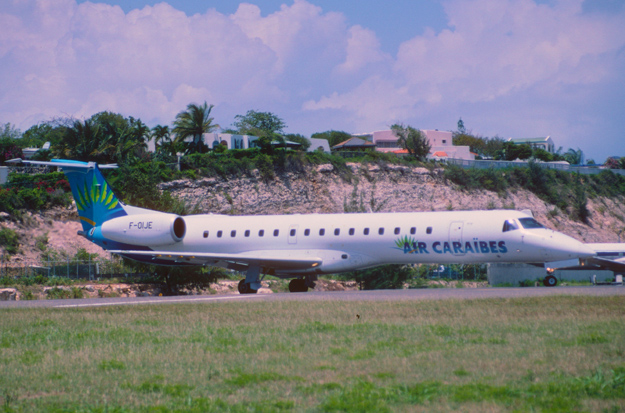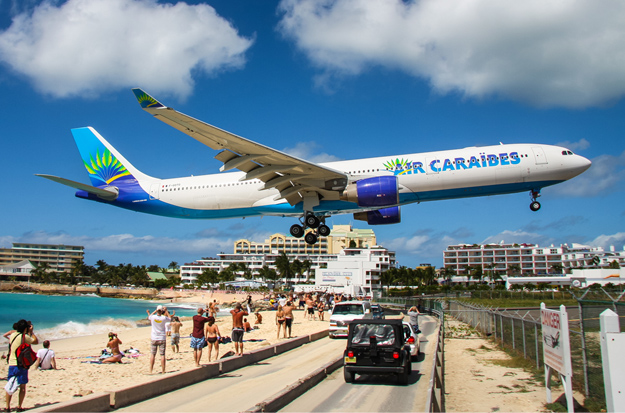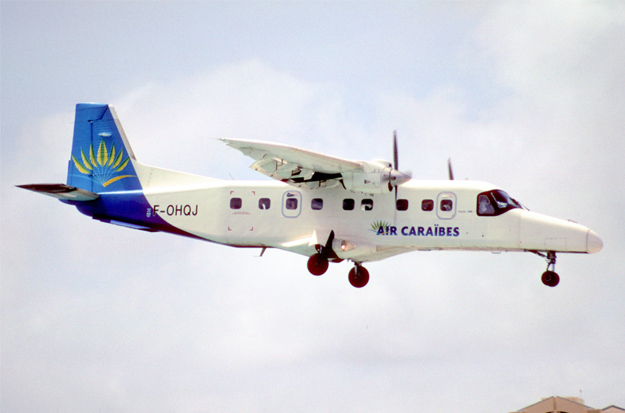
Air Caraibes
Regional carrier on long-haul routes
Guadeloupe, the largest island of the Lesser Antilles in the Caribbean, is politically part of Europe. This is because the archipelago, which includes eight inhabited and several uninhabited islands, is a French overseas department, which is why flights to and from Paris are considered domestic flights. To provide islanders with discounted access to mainland Europe, these flights are subsidized by the French government. In addition to Air France and Corsair, Air Caraïbes in particular offers this connection.
Along with Martinique, Saint Barthélemy, and Saint Martin, Guadeloupe is only one of four overseas territories in the French Antilles. They have their own partial sovereignty and actually pursued their own interests with regard to air traffic for a long time. The merger of Air Guadeloupe, Air Martinique, Air Saint Berthélémy, and Air Saint Martin, which had previously operated separately, created Air Caraïbes in the year 2000, with headquarters in Les Abymes and bases at the airports of Point-à-Pitre on Guadeloupe and Fort de France on Martinique. Another base was created at Paris-Orly Airport.
Initially only offering regional services, the airline became a “regional long-haul carrier” when it was taken over by Groupe Debreuil from Bellevigny near Nantes. In part to no longer be dependent on Air France, the Group’s CEO, Paul-Henri Dubreuil, founded the affiliate Air Caraïbes Atlantique in 2003, which until then enjoyed quasi sole control of traffic between the mother country and the Caribbean departments. Using Airbus A330-200/-300s, Air Caraïbes launched scheduled services from Point-à-Pitre to Paris-Orly, and added charter contracts that even took it to Stockholm and Copenhagen.

First French operator of the A350
Until 2007, the airline was heading for a steep upswing, but then, starting in 2008, the world financial crisis caused a severe slump. As a consequence, the airline was restructured. There was now only one Air Caraïbes, and the fleet was also standardized to ATRs and Airbuses. As always, necessity is the mother of invention, resulting in the creation of a new service called TGV AIR in cooperation with the French state railroad company SNCF. High-speed trains could now be booked from numerous French stations to the Massy TGV station south of Paris, which offers direct connections to Orly – with all the trimmings.
The offering was very popular, enabling Air Caraïbes to recover quickly from the effects of the crisis. The route network was expanded again, and in 2017, Air Caraïbes became the first French carrier to take delivery of two Airbus A350-900s for long-haul flights. With three-class seating and ten seats per row in economy, Airbus’s most modern jets accommodated a record 389 passengers. The tight seating is certainly also due to the subsidizing of the “long-haul domestic flights” between Paris and the Caribbean mentioned above, which is intended to reduce the cost per seat.
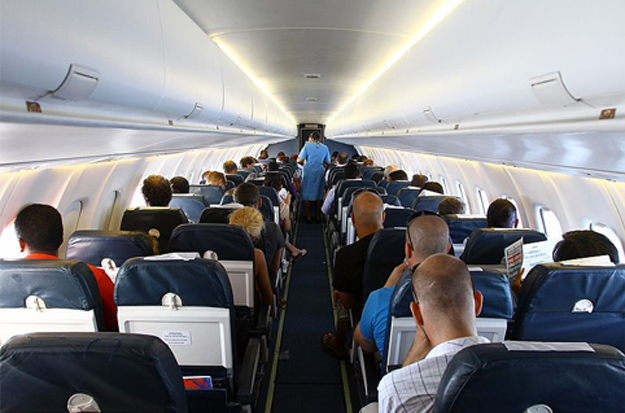
More than 400 passengers in rows of ten
Things got even tougher in 2019, when Air Caraïbes broke the previous world record for seating capacity on this aircraft type with the introduction of its new flagship A350-1000. 429 seats, including 360 in economy class, is a passenger capacity unmatched by any other A350 operator. In return, however, the airline’s fares are extremely favorable, and a seat pitch of less than Air Caraïbes’ 80 cm is sometimes even to be found on more traditional airlines. The three booking classes of Air Caraïbes carry illustrious names. “Classe Soleil” can accommodate 360 passengers in economy with food and drinks.
“Classe Caraïbes” with 45 seats is a kind of premium economy with improved in-flight service and, above all, greater seat pitch. Meanwhile in “Classe Madras”, the airline offers 24 passengers the service of a good business class including couchette seats that can be reclined by 160 degrees. Air Caraïbes now flies to all four departments from Orly, as well as to Haiti, the Dominican Republic, the Bahamas, and even Cuba via Point-à-Pitre or Fort-de-France.

In terms of service, Air Caraïbes is consistently rated with three stars. This is a good average rating, as reflected in the ratings of much more important airlines. On regional services, it now only uses ATR turboprops of the latest -600 version, which are again configured to the maximum with 74 seats.
Despite the aforementioned criticisms, Air Caraïbes is one of the best airlines in the Caribbean. This is primarily due to a highly modern fleet and respectable service, which, of course, always leaves some room for improvement.
Report: Fritz Gratenau
Pictures: Timo Breitenstein, Airbus and Aero
Numbers, data, facts
Flight operations in the early years of Air Caraïbes required strong nerves. The approach of a Cessna “Grand Caravan” to the island of St. Barth, after a 20-minute hop from St. Maarten. After restructuring in 2008, these ultra-short-haul flights were abandoned. In 2017, Air Caraïbes took delivery of its first of what is now three Airbus A350-900s. Among other services, they fly from Paris-Orly to six overseas departments in the Caribbean.

